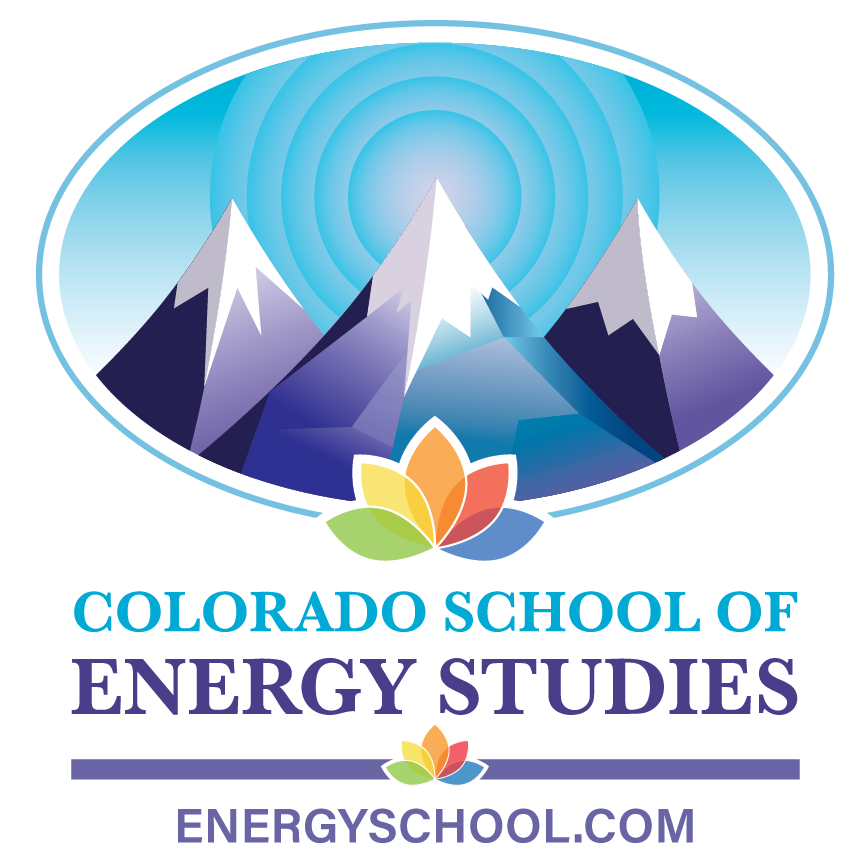Module 3
The Autonomic Nervous System: Part 1
The Triune Nervous System (emphasis on social and sympathetic) , Polyvagal theory, & window of Presence
Module Presentation
HOMEWORK
| Reading |
Required: John Chitty: Dancing with Yin & Yang (Chapter 6) Sills: Foundations of Craniosacral Biodynamics, Vol 2 - Stress Cascade - Polyvagal - Trauma Resolution For further study: Peter Levine: In an Unspoken Voice; Diane Heller: Crash Course |
|---|---|
| Drawings |
- Reciprocal Tension Membrane (RTM / Meninges) - Parietal Bone - Temporal Bone - Cranial Base |
| Anatomy Study |
- Autonomic Nervous System – Sympathetic Chain & Vagus Nerve - Reciprocal Tension Membrane (RTM / Meninges) |
| Practices |
- Practice using orienting to now, stimulating the social nervous system anatomy and stimulating the sympathetic nervous system when you are feeling triggered or overwhelmed. - Practice listening to BLSL at night and use it with practice sessions. |
| Writings |
- Write 3 paragraphs discussing each part of the Autonomic Nervous System: Social, Sympathetic and Parasympathetic. - Include the normal functions, stress responses, how you notice each state in yourself and your clients, and the relevant anatomy for each branch. |
| Projects | |
| TA Check In |
- Write up 4 practice sessions or call and discuss with your homework TA. Report includes what you noticed initially, what you did in the session, any results or outcomes observed or reported, and questions that arose for you. - Make arrangements to contact your TA twice between now and the next module. Please don’t wait until the week before the module. |
Sections in Bold Green are required for BCST practitioner certification and to be able to register with BCTA/NA

